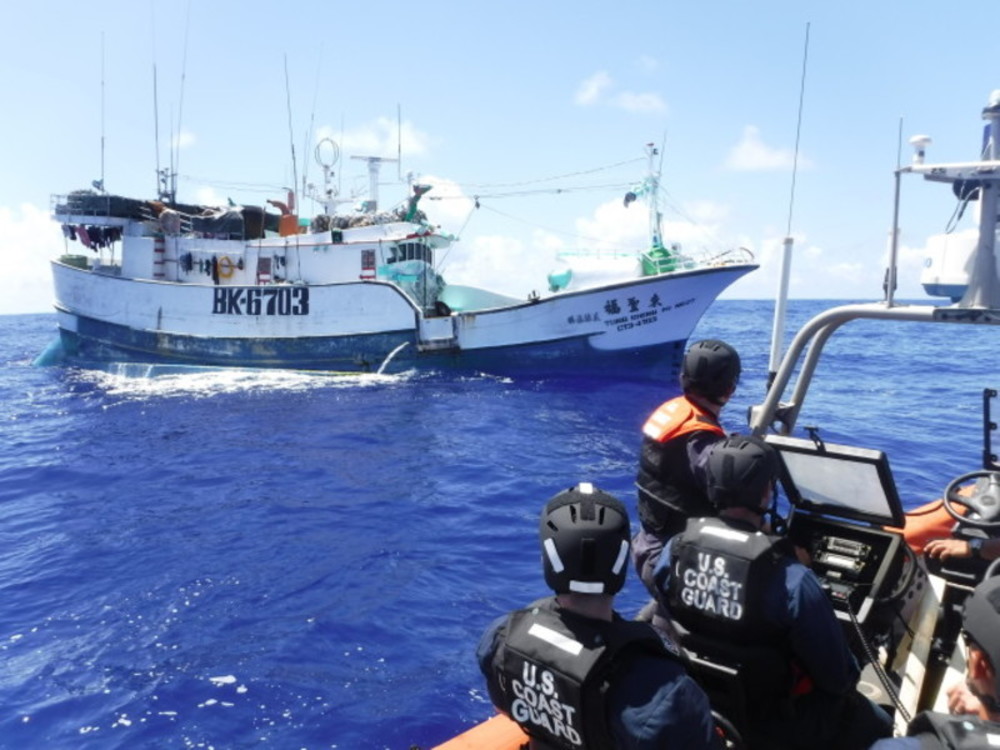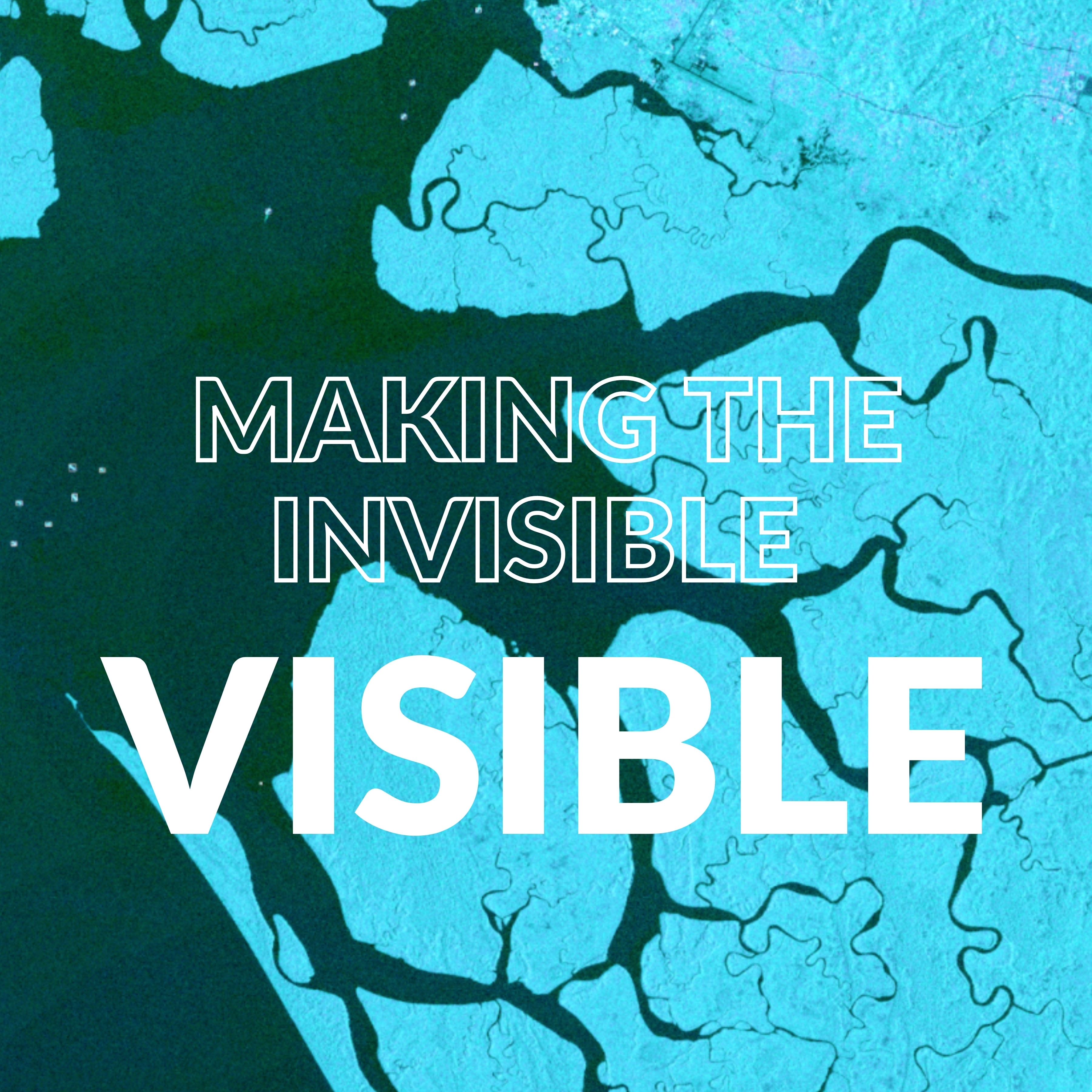January 31, 2022--Mountain View, Calif--The Defense Innovation Unit (DIU) and Global Fishing Watch (GFW) today announced the five winners of xView3, a competition to find the best open-source algorithm to detect and characterize illegally fishing dark vessels. During the three-month competition, 1,900 registrants from 67 countries created machine learning (ML) models to identify and differentiate between fixed infrastructure, fishing vessels, and non-fishing vessels in one of the largest open-source datasets of all-weather, day-and-night maritime radar imagery.

“The machine learning models developed as part of this challenge will help our U.S .and international partners identify potential IUU fishing activity at a speed and scale that would be practically impossible for human analysts alone,” said Jared Dunnmon, DIU AI/ML Portfolio Director. “Instead of asking human beings to look through specific satellite images we think may be important – which may take several hours per image – we can use modern computer vision algorithms to look through every single satellite image we record in a matter of minutes.”
The top five developers will split the $150,000 open source prizes. In order to receive a prize, winners must publish their winning solution as open source code so that anyone is free to use it to help combat illegal fishing. The winners include:
BloodAxe (Individual, Ukraine) $37k
Selim_sef, $27k
Tumen (Team, China) $18K
Skylight + PRIOR at the Allen Institute for AI (AI2), $11K
Kohei (Individual, Japan) $7K
Global Fishing Watch will pay a total of $100,000 to these top five winners. Skylight at AI2–the top finishing U.S.-based eligible prize winner—will be eligible for an additional $50,000 prize paid out by DIU.
The participating solution architects created algorithms that could better analyze the SAR data to automatically detect and characterize dark vessels from these satellite images. The winning model showed a substantial improvement, attaining an aggregate score three times higher than the government reference model released in the Challenge’s dataset. This aggregate score combined measures of overall detection performance, close-to-shore detection performance, vessel classification performance, fishing classification performance, and length estimation to provide a holistic view of how well each model could achieve key tasks.
“Digital tools that come from efforts like the xView3 competition are vital to increasing our knowledge of human activity on the water and helping our global partners have targeted, effective, intelligence-driven operations,” said Paul Woods, co-founder and Chief Innovation Officer at Global Fishing Watch. “These algorithms will help protect our world’s oceans from overfishing by ensuring that our partners have the tools we need to pinpoint bad actors who operate in the shadows, often threatening entire marine ecosystems and the livelihoods of honest fishers.”
By cosponsoring the open source track, Global Fishing Watch is helping to democratize access to sophisticated artificial intelligence tools. The organization plans to release new free and open tools and data informed by the winning solutions with an aim to help accelerate adoption and support the global fight against IUU fishing. To download the data for additional research, visit https://iuu.xview.us/.
Often, the “dark vessels” involved in illegal activity do not broadcast their position or appear in public monitoring systems, allowing them to evade detection and enforcement efforts.
Illegal, unreported, and unregulated (IUU) fishing has destabilizing social, economic, and environmental effects around the globe. Overharvesting via IUU fishing degrades stocks and limits competition, particularly within fishing communities located in developing nations. The resulting economic losses and food insecurity often foster conditions for increased crime and human rights abuses.
Often, the “dark vessels” involved in illegal activity do not broadcast their position or appear in public monitoring systems, allowing them to evade detection and enforcement efforts. To detect these ships and counter IUU fishing activities, the Defense Innovation Unit (DIU) led the xView 3 Challenge in partnership with Global Fishing Watch (GFW), the U.S. Coast Guard, the National Oceanic and Atmospheric Administration (NOAA), and the National Maritime Intelligence-Integration Office. This worldwide competition called on skilled developers to generate cutting-edge computer vision algorithms combined with SAR satellite imagery to assist in detecting nefarious dark vessels.
“IUU fishing is one of the leading global maritime security threats whose impacts are pervasive and far-reaching, threatening the economic and food security of all nations, particularly developing coastal states,” said Rear Admiral Scott Clendenin, Coast Guard Assistant Commandant for Response Policy. “The vastness of the ocean requires that we leverage extensive data analysis to detect and characterize vessels operating without AIS or VMS. Artificial Intelligence combined with satellite imagery provides a new capability to detect suspected IUU fishing vessels that may otherwise elude U.S. and partner nations fisheries enforcement agencies. This increased maritime domain awareness can be shared with like minded partner nations to enable them to protect their sovereignty.”
The next step for the team is to operationalize these machine learning algorithms in coordination with our partners, the U.S. Coast Guard, NOAA, and the U.S. Navy. Specifically, by mid-2022, we plan to integrate model outputs into both the Navy SeaVision Maritime Domain Awareness (MDA) program and the Naval Research Lab PROTEUS systems that can help with effective enforcement.
xView3 builds on the foundation laid by DIU’s two prior xView Challenges, which resulted in algorithms that provide automated post-disaster assessments of buildings to assist with U.S. and international fires and hurricanes. Government agencies, academic institutions, and industry partners continue to leverage Challenge datasets for R&D and operational purposes.
To learn more about the computer vision competitions that advance, benchmark, and procure state of the art machine learning algorithms in domains relevant to national security, visit DIU’s xView Challenge Series.
###
